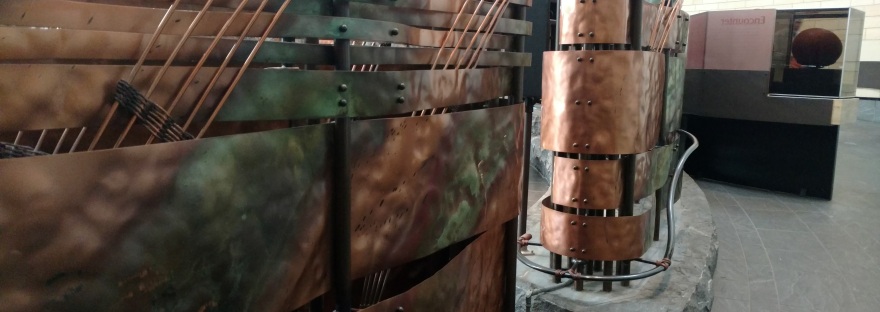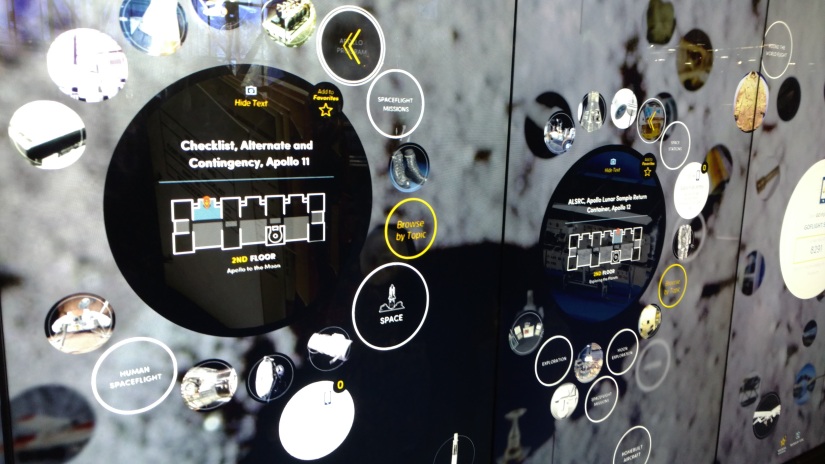You may have noticed that days 6 and 7 are missing, well it was the weekend, so I took a break from the blog. Today was day 8 of the seminar, which was spent at George Washington’s Mount Vernon. The focus of today was tackling the conversation of slavery in museums. Mount Vernon recently opened a new exhibit on slavery, Lives Bound Together: Slavery at George Washington’s Mount Vernon, which we toured with the lead Associate Curator of the exhibit.
Discussing slavery is a controversial topic, but it is a topic that needs to be and should be discussed. In order to enter the exhibit, you must open a set of glass doors, which are covered with the names of the enslaved people who were at Mount Vernon. One thing that stuck out to me was that the Curator said it was a conscious decision to put the names on the door with a bust of George Washington in the lobby, so that when you look at the doors the first thing you focus on is the name of the people.

I liked this concept, in fact I had not even noticed the bust of George Washington through the doors because I was looking at the names. From the get-go, the visitor is aware that the enslaved people are the focus of the exhibit and not necessarily Washington as the primary focus.
Another noticeable trend was that the staff do not refer to the people as slaves, but as enslaved people. There is a difference between the two terms, and referring to them as enslaved humanizes them more so than slaves does because the choice of word influences how you interpret the content. In our discussions with staff, it was evident that word choice is very important, especially when discussing slavery because you want the visitor to make a personal connection and be educated during their visit.
A trend that I have noticed throughout our museum visits is the use of silhouettes and unidentifiable drawings of people. The National Museum of the American Indian used these non-detailed drawings in the interactive about “what would you do,” and Mount Vernon used the same technique in the exhibit’s introduction video and on the panels of the enslaved people highlighted in the exhibit. When talking about a large group of people and, in the case of Mount Vernon, when detailed records are not available the visuals should reflect the broader idea. When images or drawings were available, the curatorial team at Mount Vernon included those images in the panels.
Lives Bound Together was an enlightening exhibit for me because I did not know some of the information presented, such as that Washington did not actually own all the slaves working on his farms and that slaves could be rented. The latter was shocking to me because I had never heard that before, and I am an educated person. Slavery needs to be discussed in museums because it is an important story to tell.


